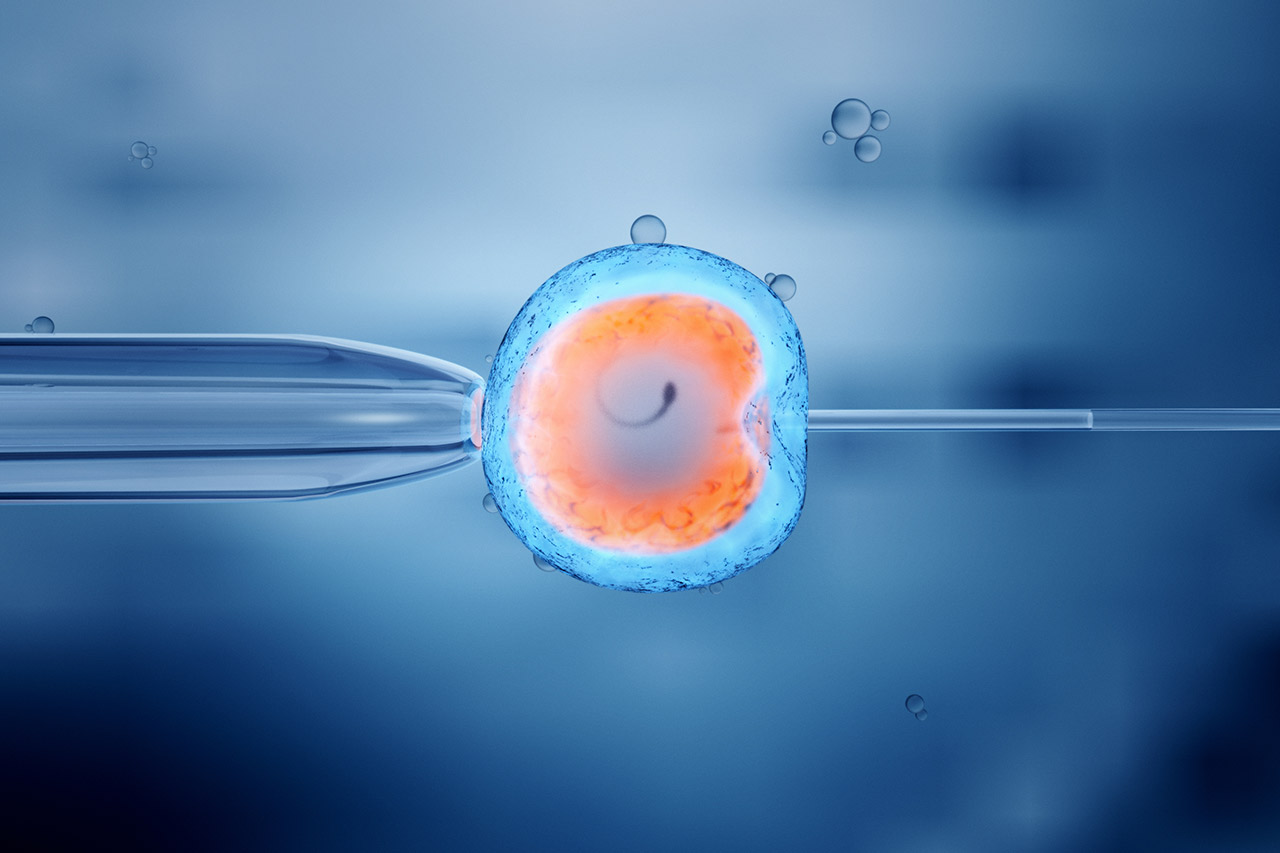Hormonal male contraception
Research is advancing in hormonal contraceptives for men, aiming to reduce sperm production. Challenges in this regard have been by now associated to determining the correct chemical combinations with testosterone that lead to effective and temporary pregnancy prevention. Three hormonal birth control methods, a topical gel and two pills, currently in the pipeline show great promise for male contraception.
Topical Gel with Nestorone and Testosterone to block spermatogenesis
Currently, a largescale, international phase IIb trial held by Health Decisions, a biotech CRO, in collaboration with research institutions, is investigating the efficacy of a Nestorone-testosterone (NES/T) topical gel, which is to be applied to the shoulders. Nestorone is a potent progestin, commonly used in ANOVERA vaginal rings since 2018 with a >97% efficacy. Now, NES is compounded with testosterone in a transdermal gel as a male contraceptive. The completed phase I trial had already demonstrated successful spermatogenesis suppression in nearly 90% of participants, suggesting that NES/T as a promising form of contraception in men. So far, the main adverse side effects are similar to the most commonly used combined estrogen-progestin contraceptive pill used by women, including mood swings, acne and transient GI symptoms. A survey conducted during this trial shared that the majority of participants were satisfied with the treatment and half of them reported that they would use the gel daily as a sole form of contraception.
Testosterone-derived oral pills to block spermatogenesis
Health Decisions is also collaborating with several other research institutes to investigate a second hormonal method, based on dimethandrolone undecanoate (DMAU), and is currently examining the safety and efficacy of an oral pill in phase II trials. DMAU is a testosterone-derived drug shown to effectively and reversibly suppress spermatogenesis without serious side effects in preclinical studies. There is currently another phase II trial being held for DMAU investigating its safety and tolerability in the forms of an intramuscular and subcutaneous injection. The current challenge with this drug is focused on evaluating the perfect dosage and form, as it is highly metabolized by the liver. Nonetheless, and very importantly, the studies have shown that there are no signs of liver toxicity associated to this medication.
The third drug currently under clinical trial is 11β-methyl-19-nortestosterone dodecylcarbonate (11β-MNTDC), another testosterone derivative, which has completed a phase II trial with a research teams working with Health Decisions as well. Although further efficacy trials await, this drug has also shown to be well-tolerated with no serious side-effects, other than those comparable to currently available female estrogen-containing contraceptives on the market.
The developments of hormonal contraception methods for men are ongoing, and the clinical trials are still in their early phases of planning and data collection. It may take several years before the promise of such therapies access the market.
Non-hormonal male contraception
The exploration of non-hormonal male contraception dates as far back as the 1930s in India with hot bath experiments, which did not receive much attention again, until the 1980s and -90s. The principle that spermatogenesis can be blocked by increasing the temperature of the testicles up to 2 to 5°C, causing them to move up to the entrance of the inguinal canal, was studied with thermal underpants and rings as a method of contraception. Although studies have proven this method’s efficacy, there seems to be a lack of knowledge and interest, perhaps due to the discomfort of having to wear a thermal device for at least 15 hours for efficacious results. Although companies such as Thoreme do offer such devices, to date, this method is still not validated by health authorities.
Nonetheless, in recent years, there have still been advancements in non-hormonal approaches towards male contraception which have either begun, or are close to beginning, human trials. The advantage of a non-hormonal approach to male contraception is a promising field, particularly as it provides an alternative to the use of hormones and their potential side effects such as acne, mood swings, and affected libido, as well as the negative connotations towards ingesting testosterone in today’s society.
Polymer injections to block sperm in vas deferens
Innovations such as the reversible inhibition of sperm under guidance (RISUG) and Vasalgel are currently some of the most developed examples in today’s pipeline of non-hormonal approaches.
RISUG and VasalGel, male contraceptives launched by the Indian Institute of Technology, and the Parsemus Foundation, respectively, are currently under development. They work by being injected into the vas deferens, effectively blocking sperm. They are designed to be a less invasive and a reversible alternative to vasectomies, offering men a long-term contraceptive option, potentially ten years, without the permanent commitment. The most recent trial of RISUG has shown high contraceptive efficacy and safety profiles, however; further human trials are necessary in order to establish the reversibility of RISUG.
While RISUG polymers should be reversed by being flushed out with an injected solution, a new hydrogel in development by Contraline Inc., ADAM, has recently been designed to last for a year before naturally liquifying out on its own, restoring normal sperm flow. The first round of human trials has been approved for ADAM, and are estimated to begin in Australia in 2025.
Learn more about how our team can support you in your market study projects >
Hormone-free male contraceptive pills
Oral pills to reduce sperm motility
Although still in early development by Eppin Pharma, EP055 has been shown to significantly reduce sperm motility by binding to and inhibiting Eppin, an enzyme playing an essential role in the motility of sperm. So far, studies of EP055 have only been conducted in small sample animal studies, and need much thorough investigation before reaching human trials.
Oral pills to prevent sperm production
Another pill by YourChoice Therapeutics, YCT529, is however about to enter its first human trial after demonstrating 99% efficacy and 100% reversibility in mice studies. YCT529 prevents sperm production by blocking access to Vitamin A, a crucial player in spermatogenesis in the testes. Similar pathways are currently being investigated for male contraception by Brystol Myers Squibb.
The expansion of male contraceptive options is critical for advancing reproductive autonomy and shared responsibility in family planning. New technologies and future prospects in male contraception hold the promise of bridging the current gap, offering safer, reversible, and effective birth control methods. As research progresses, the potential for these innovations in hormonal and non-hormonal approaches to transform the landscape of contraception and contribute to global reproductive health is immense. Currently, the most advanced therapies are NES/T and RISUG, which we can expect to hear more news from in the coming two years, while others will hopefully follow suit.
Beyond the technical advancements of developing male contraception, another hurdle towards gender-shared reproductive responsibility is the acceptance and willingness of men to use a novel contraceptive therapy. Indeed, there have been studies addressing psychosocial and cultural factors that may hinder the use of contraception by men, addressing acceptability, trust, fear of side effects, perceptions of contraceptive responsibility and fear of losing connotations of masculinity. Nonetheless, several studies conducting anonymous surveys have shown that there is a willingness of men to use new male contraceptives, in correlation with increasing gender-equitable attitudes. Additional studies surveying the perspective of women on the matter have shown that the majority would trust their partners in taking the treatment, disproving the misconception that there is a lack of trust towards men to be able to play a part in shared contraception.
While the future of male contraception looks promising, with several lines of research exploring both biological and technological innovations, challenges such as ensuring long-term reversibility, minimizing side effects, establishing the perfect doses, and achieving widespread acceptance remain. Alcimed can support you in your innovation projects to meet the challenges of male contraception. Don’t hesitate to contact our team!
About the author,
Sandra, Consultant in Alcimed’s healthcare team in Germany



